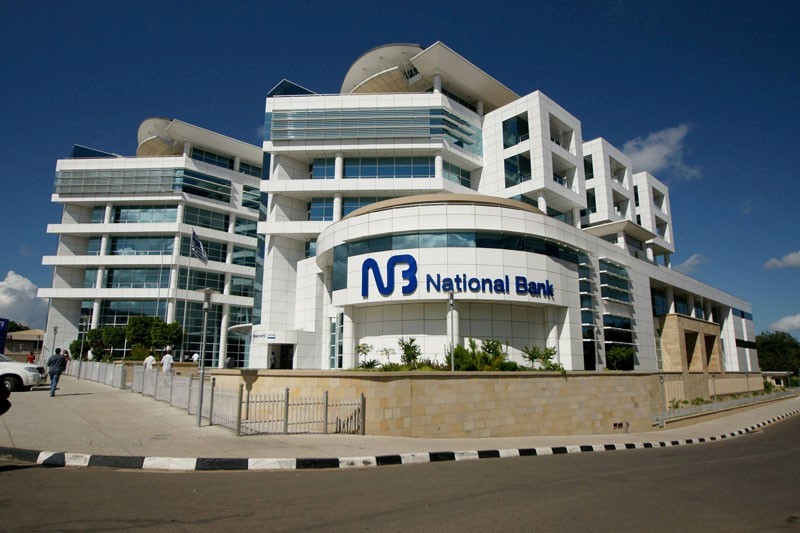Three-month inflation Average above 2022 target
Malawi’s headline inflation is fast rising, surpassing the Reserve Bank of Malawi (RBM) and the Treasury target for 2022, recent data compiled by the central bank show.
According to the average inflation rates data, three month inflation rate has averaged 13.4 percent, which is 3.4 and 3.9 percentage points above the RBM’s 10.4 percent target and government’s 9.1 percent target, respectively.
The RBM, custodians of the monetary policy, projected that headline inflation would average 10.4 percent in 2022, up from 8.9 percent projected during the fourth Monetary Policy Committee meeting.

On the other hand, when presenting the proposed 2022/23 national budget statement in Parliament Minister of Finance and Economic Affairs Sosten Gwengwe indicated that in the 2022/23 financial year inflation would average 9.1 percent.
Economists have since indicated that inflation outlook is not promising, and likely to continue rising.
Catholic University of Malawi economics lecturer Hopkins Kawaye warned in an interview that consumers should expect the trend to continue following the increase in fuel prices.
“Most goods use road transport, as such, higher fuel prices will imply higher transportation costs, which is going to be reflected in prices of most commodities.
“The real income of consumers has declined and we know wages take time to adjust so they have to dig deep in their pocket to maintain the current welfare or expenditure. The poor suffer more,” he said.
Agreeing with Kabaghe, Economics Association of Malawi executive director Frank Chikuta said inflationary pressures are going to persist due to the recent hike in fuel prices and increasing prices of imported food items emanating from geopolitical tensions.
He, however, said the onset of the harvest season should result in subsiding inflationary pressures for the food component and, consequently, a decrease in headline inflation.
In Malawi, maize, as part of the food component, accounts for about 45.2 percent of the consumer price index, an aggregate basket of goods and services used in computing inflation.
International Food Policy Research Institute data shows that during the review period, maize continued to sell at highest retail prices in the Southern Region, averaging 198 per kilogramme (kg), K180 per kg in the Centre and K157 per kg in the North.
Oil prices, on the other hand, have remained volatile due to potential supply constraints following the conflict in Ukraine.
Malawi Energy Regulatory Authority recently adjusted upwards pump prices of petrol, diesel and paraffin by 20 percent, 31.25 percent and 14.47 percent to K1 380, K1 470 and K956, per litre, respectively.
Meanwhile, the RBM, in its recent Market Intelligence Report says the country’s inflation rate outlook is sketchy as pressures reconfirming the outlook for inflation rate face risks.
The bank indicates that the war between Russia and Ukraine is a cause for concern, saying the higher-than-anticipated oil prices induced by the conflict could delay the convergence of inflation to medium-term targets in the country.
This, the report says, could compel the central bank to implement less accommodative monetary policy that could jeopardise economic recovery plans.






One Comment